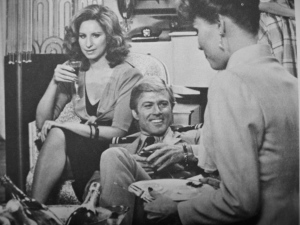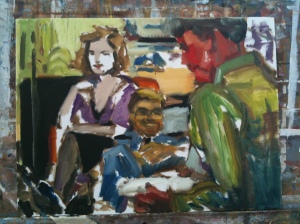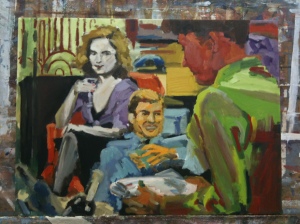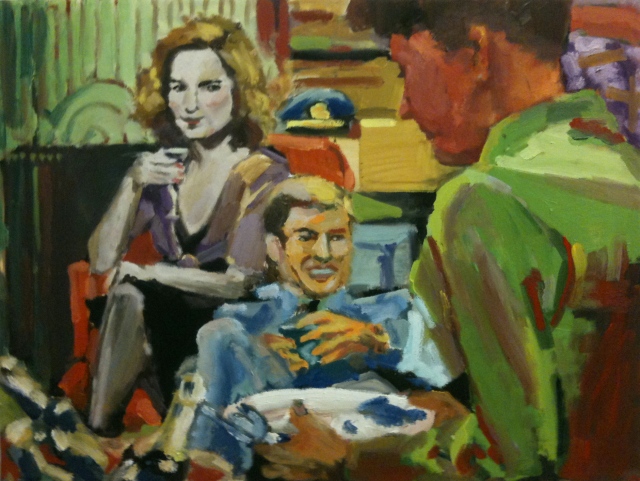In the article, “The Art of the Billionaire” by Connie Bruck, she talks about Eli Broad and his contribution to the arts in Los Angeles. Eli Broad is a multibillionaire who is like a patron of the arts and has contributed millions to museums and research. He is an art collector himself who focuses on contemporary art and is an influential philanthropist. He has been on the boards of LACMA and MOCA and is creating his own museum, the Broad collection. He started as an accountant and then went into the home-building business, where he made all his money. He is a smart businessman and want sot control everything that he participates in. Broad was part of the founding of MOCA and also involved in the funding and building of the Disney Hall. He’s about the money and wants the biggest return for his philanthropic money. He will fund projects, but he wants his name on them.
In the article, “The Worship of Art” by Tom Wolfe, the author discuses how art has become the religion of the educated classes. His definition for religion includes a rejection of the world and the legitimization of wealth. People give money to the arts and donate to museums instead of religion like they used to. They used to have religion to show cultivation, but now you show you are cultured by collecting and appreciating art. Public sculptures are used nowadays to glorify the ideals or triumphs of a community or to glorify whoever paid for it. Today, more abstract sculptures (or “turds in the plaza”) act as prays in front of the office buildings. The sculptures became more about art than the people. The public sees nothing in the abstract structures, and they aren’t meant to.
In Criticizing Art Ch.6, pages 155-167, this section describes writing and talking about art. When writing about art, choose something to write about that you are preferably interested in and be honest about your opinion. You can write about single pieces of art, solo exhibitions, and group shows. Describe the art accurately to give the reader a verbal image by using internal information, like subject matter, medium, and form, and external contextual information. Interpret the work based on internal evidence, the work itself, and external evidence, relevant outside information. Judging the art includes an assessment of its worth and the criteria for your assessment. Consider the length of the paper and the audience you are directing it towards. Start writing with an outline and make a first draft you know you will go back into and improve.



 While I was working on it, I just thought it was so fun to be able to choose and paint with such pure colors. I had to come up with my own guidelines and logic within the image. I also love how much the figures turned into characters. I want to do more work like this translating black and white media into colorful paintings during the summer.
While I was working on it, I just thought it was so fun to be able to choose and paint with such pure colors. I had to come up with my own guidelines and logic within the image. I also love how much the figures turned into characters. I want to do more work like this translating black and white media into colorful paintings during the summer.


 This Tuesday I attended the play “Museum” with the my class as a field trip. The play was written by Tina Howe and directed by Deb Kinghorn. It was performed by UNH students in the Hennesy Theatre. The play is about the final day of an exhibit and all of the eccentric people that come to visit, all with their own reasons. The stage was set up like an art gallery with pieces constructed by the Student Arts Association.
This Tuesday I attended the play “Museum” with the my class as a field trip. The play was written by Tina Howe and directed by Deb Kinghorn. It was performed by UNH students in the Hennesy Theatre. The play is about the final day of an exhibit and all of the eccentric people that come to visit, all with their own reasons. The stage was set up like an art gallery with pieces constructed by the Student Arts Association.